King's Own Royal Regiment Museum (original) (raw)
HOME
Museum & Collections
Soldiers of the Regiment
Sales
Donations
Events
Contact Us
REGIMENTAL HISTORY
17th Century
18th Century
19th Century
20th Century
First World War
Second World War
Actions & Movements
Battle Honours
FAMILY HISTORY
Resources
Further Reading
PHOTO GALLERY
ENQUIRIES
FURTHER READING
LINKS

Regimental History - 17th Century
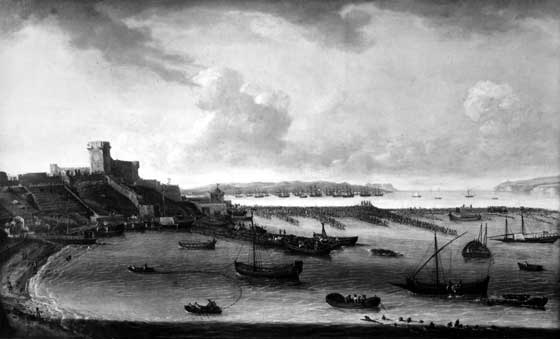
Tangier in 1683/84
Accession Number: KO0782/17
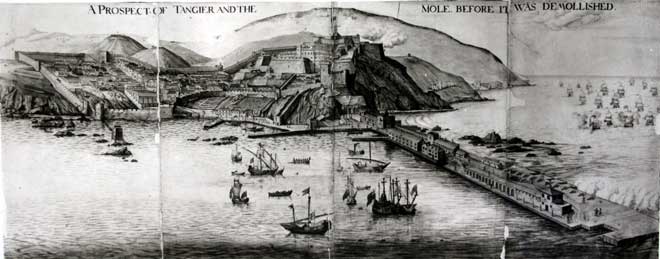
Tangier before the destruction of the Mole.
Accession Number: KO2490/871
The Regiment was raised in July 1680, soon after the creation of the new Regular Army. It was formed specifically to help defend Tangier in North Africa - a new part of the growing British Empire. At that time it was known as the 2nd Tangier Regiment. Men were recruited in Plymouth and London. Many of them had already seen military service. Their first Colonel, the Earl of Plymouth, died in Tangier before the Regiment arrived. When the Regiment returned from Africa it became known as The Queen's Regiment. It saw its first battle action at Sedgemoor in 1685 defending King James II's throne from the claims of the Duke of Monmouth.
The Regiment, under Colonel Charles Trelawny, was the first to transfer their allegiance to the Protestant Prince William of Orange when he landed at Torbay on 5th November 1688.
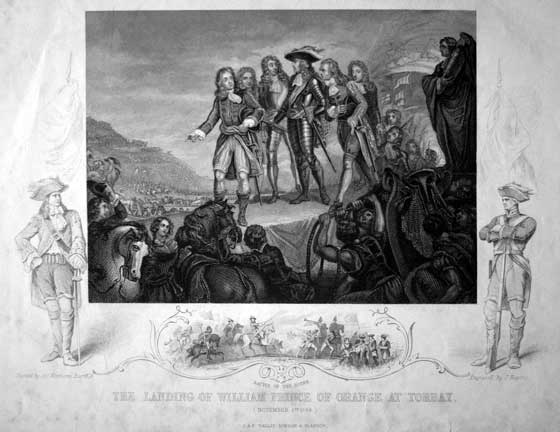
The landing of Prince William of Orange at Torbay, 5th November 1688.
Accession Number: KO0686/09
By January 1689 James II fled to France, and William succeeded him as King William III. It is a Regimental tradition that the new king granted the Regiment its badge, the Lion of England, for being one of the first to go over to him. The Regiment subsequently served with William's Army against James and his French allies in Ireland, at the Battle of the Boyne near Dundalk on 11th July 1690, and the sieges of Cork and Kinsale in 1690 and Limerick in 1691.
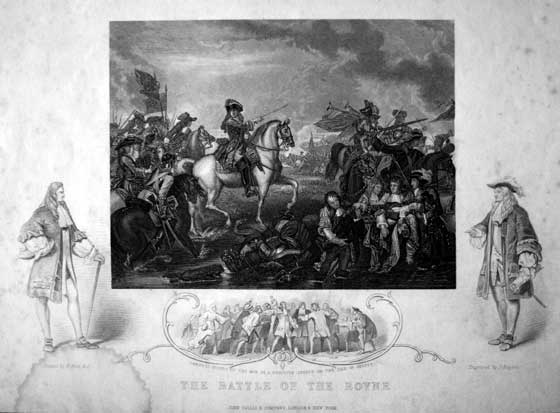
The Battle of the Boyne, 11th July 1690.
Accession Number: KO0686/10
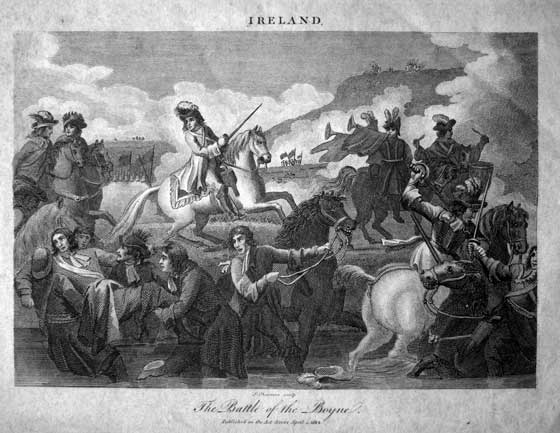
The Battle of the Boyne, 11th July 1690/
Accession Number: KO0686/11
In 1692 the Regiment joined William's forces in Flanders against the French. It was present at the siege of the town and citadel of Namur, and 'Namur 1695' became the Regiment's first Battle Honour.
See the uniforms of the period: 1680-1685
